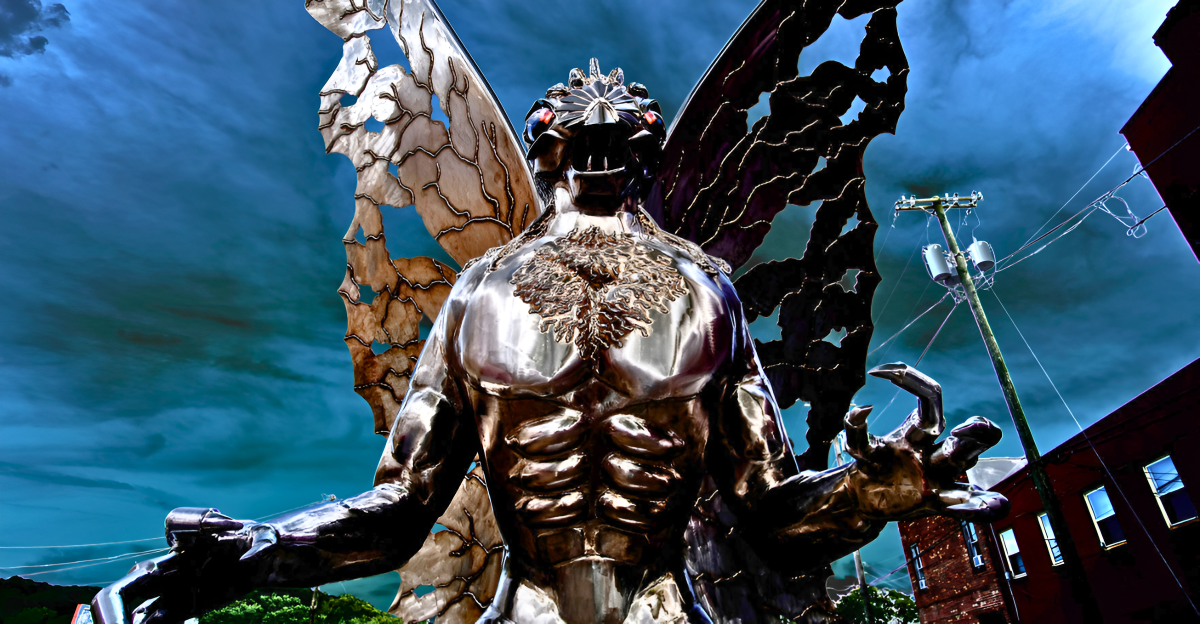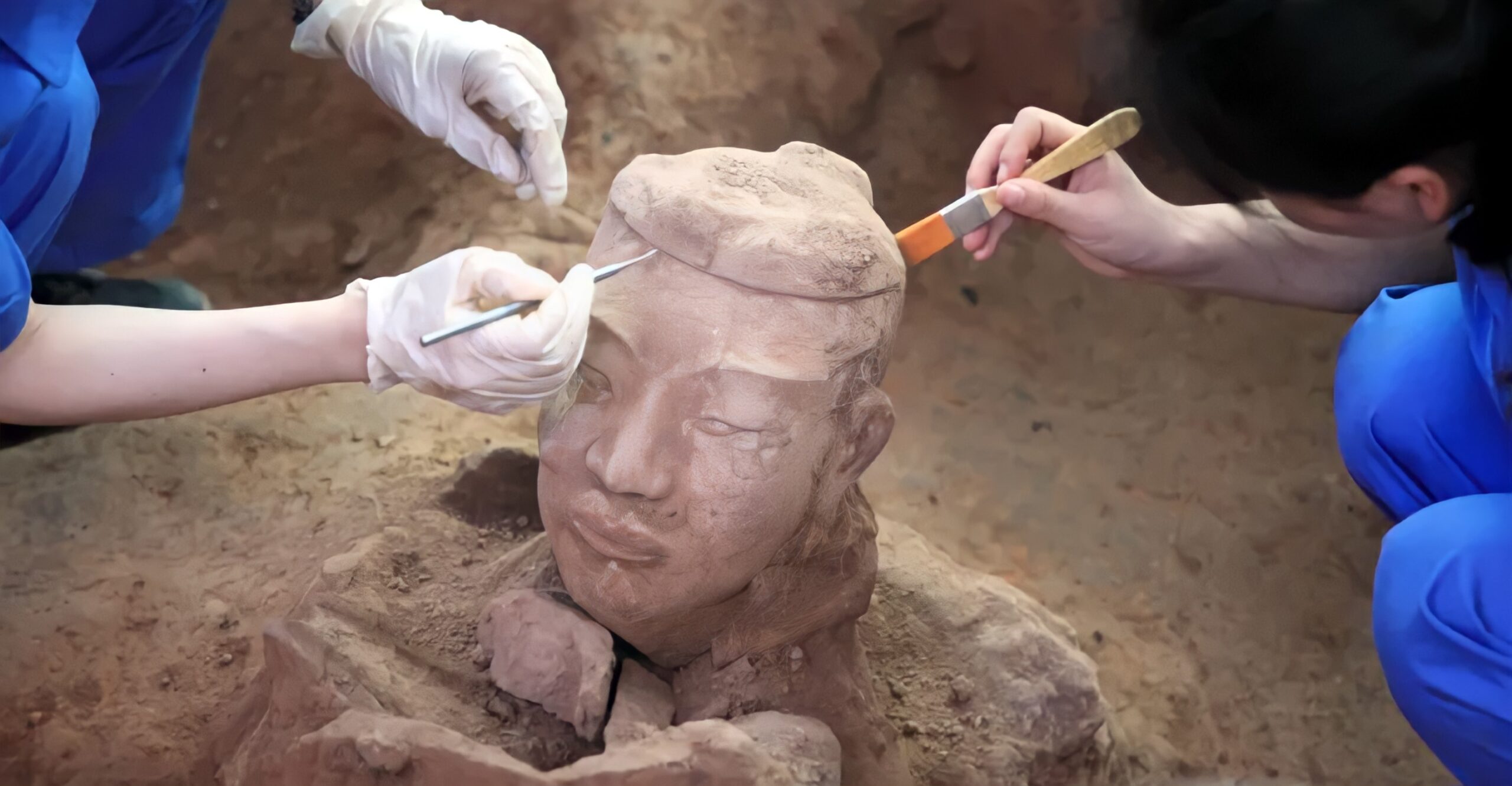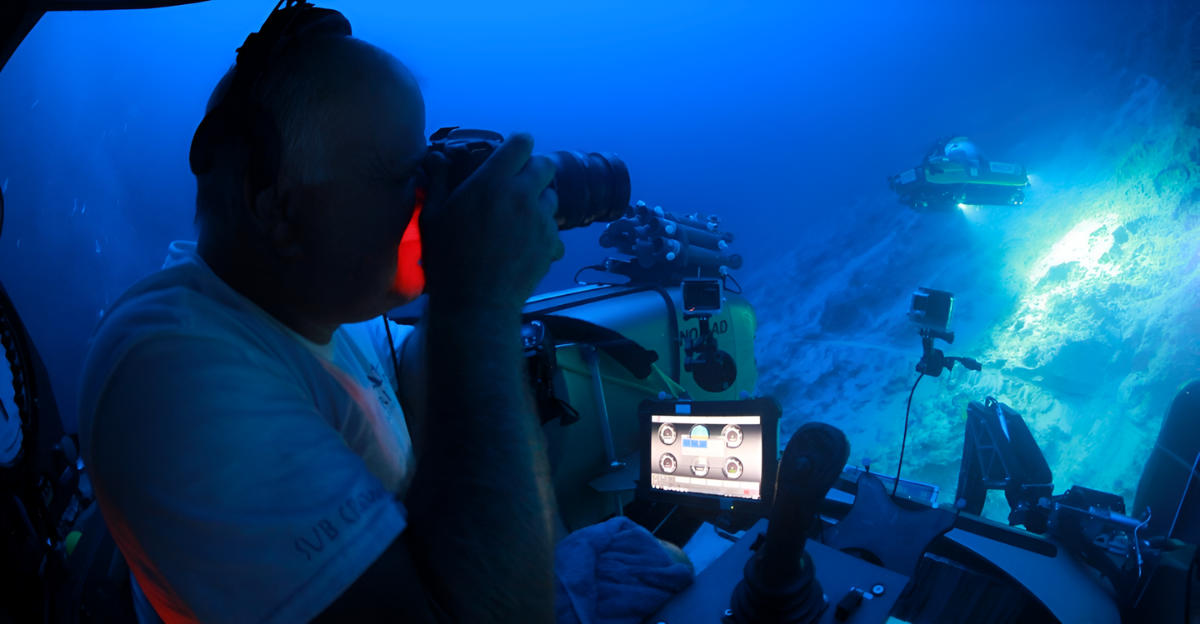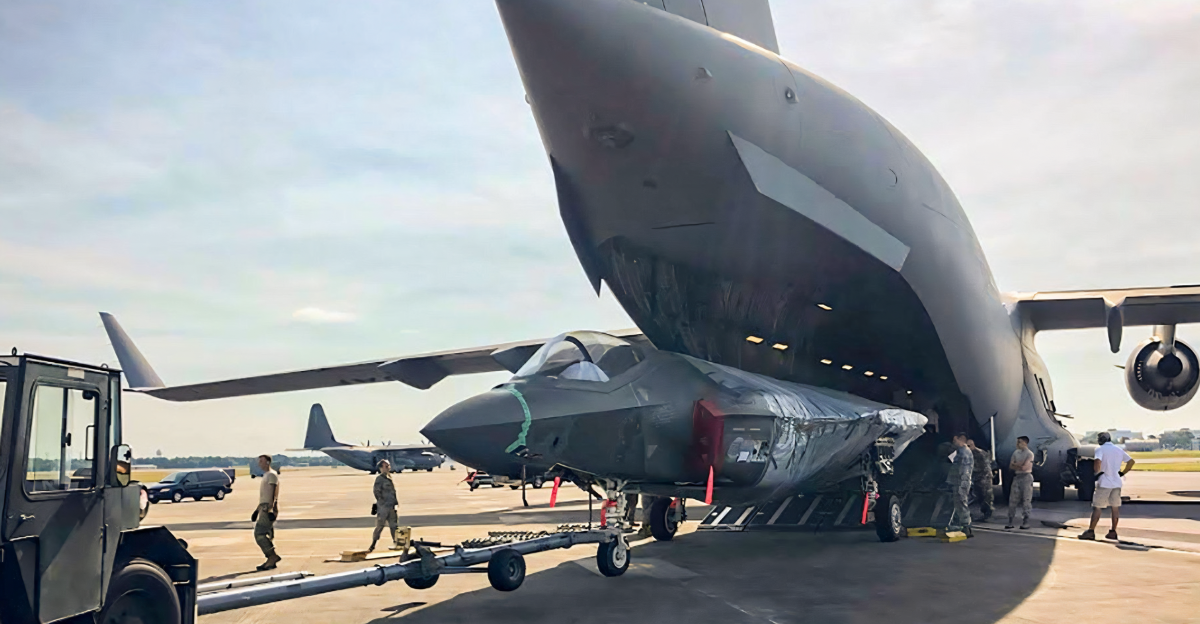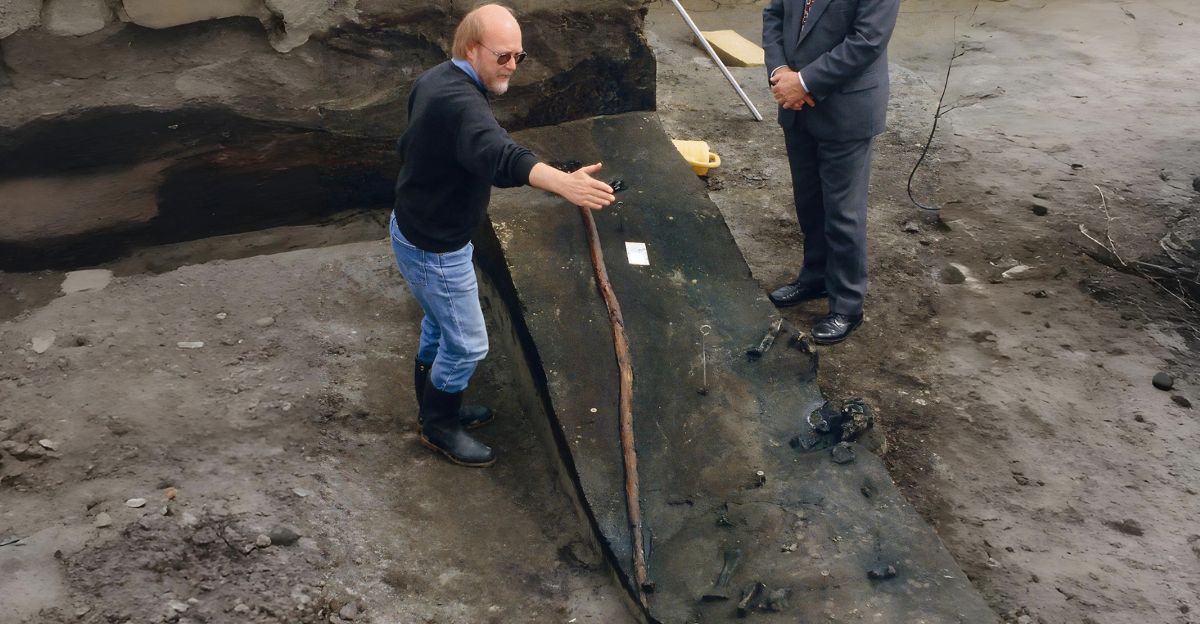
In the quiet, industrial outskirts of Schöningen, Germany, a coal mine revealed something so strange that it sent shockwaves through the archaeological field. Deep below, neatly preserved in prehistoric mud, was a cache of wooden weapons—equipment so old that it defied belief.
These spears have whispered quietly for centuries about the origin of human innovation, but their true history was caught in the tangled web of scientific disagreement, shifting dates, and a persistent sense that scientists were missing something rather important.
What if the true answer was quietly in everyone’s face, only needing the right question to be asked?
Why These Spears Matter to the World
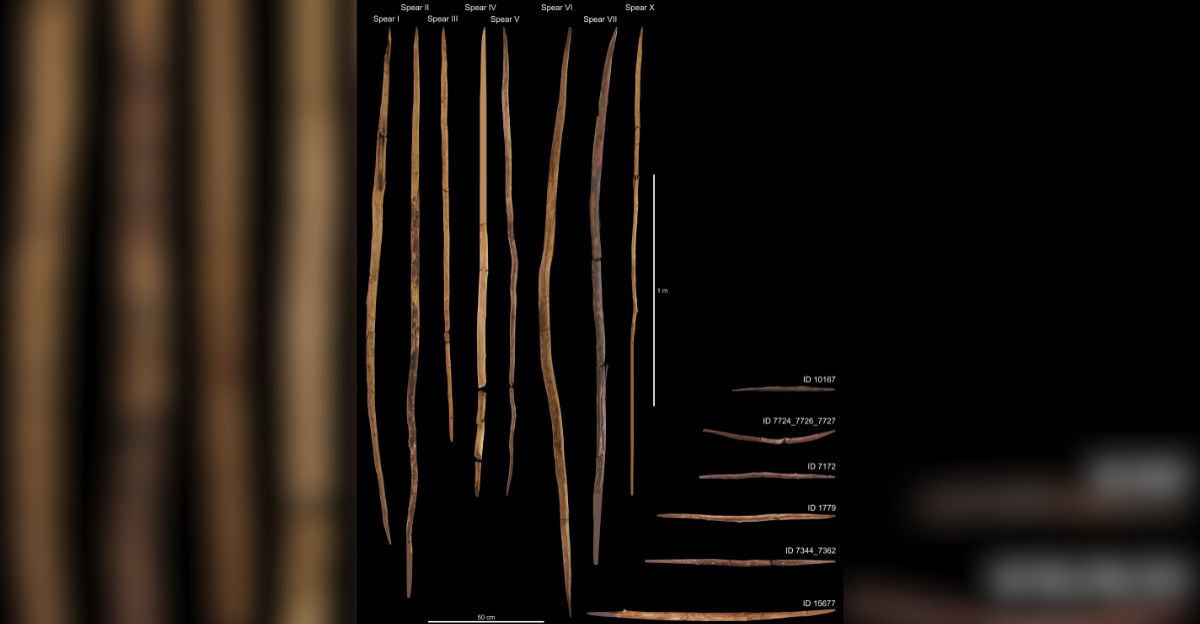
The Schöningen spears are more than just old sticks—they’re a direct line back along our evolutionary past, rewriting all the presumptions we’d made about early humans and what they were capable of.
Few discoveries in the history of archaeology have forced and resulted in such radical reconsideration of what our forebears were capable of. With these well-preserved weapons, we caught a glimpse of the beginning of organized hunting, cooperative strategy, and the first glimmers of human imagination.
While their importance has resonated far beyond Germany’s borders, leading scientists around the world to reimagine the origins of technology, collaboration, and survival, the story wasn’t complete yet.
The Emotional Pulse of Prehistory
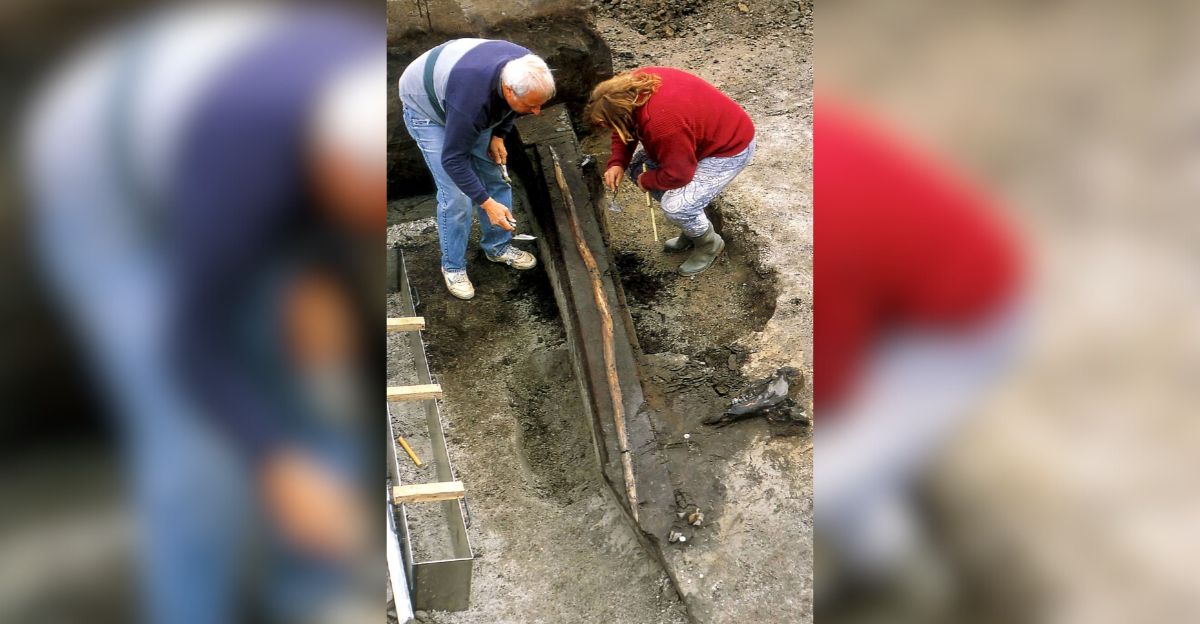
Imagine being in that coal mine, grasping a weapon that was made 2,000 centuries ago. The emotional shock is hard to explain: the discovery of something so ancient and so important to our connection to the past.
These spears, which were crafted from spruce and pine, were balanced, beautiful, and lethal. They indicated that competent hands crafted them, that scheming minds designed them, and whole societies lived and died by them.
Social media—Reddit comment chains, TikTok explainers, YouTube deep-dives—is buzzing in both awe and outrage, as everywhere people are grappling with the idea that our “savage” ancestors may have been significantly more sophisticated than our history books recount.
Technology: The Game-Changer in the Dirt

For decades, the spear’s craftsmen and age were disputed, largely because it is notoriously hard to date ancient wood. Early estimates had relied on the sediment above and below the weapons, but new technological developments and techniques have changed the game.
Scientists used amino acid geochronology to analyze snail shells and fossilized bones in the same layer where the spears were found. The precision of this method reshapes how archaeologists date ancient sites, promising to unlock more secrets from humanity’s distant past.
And in this case? It allowed researchers to pin down the timeline with unprecedented accuracy, clearing the way for a paradigm-shattering conclusion.
Neanderthals, Not Homo heidelbergensis
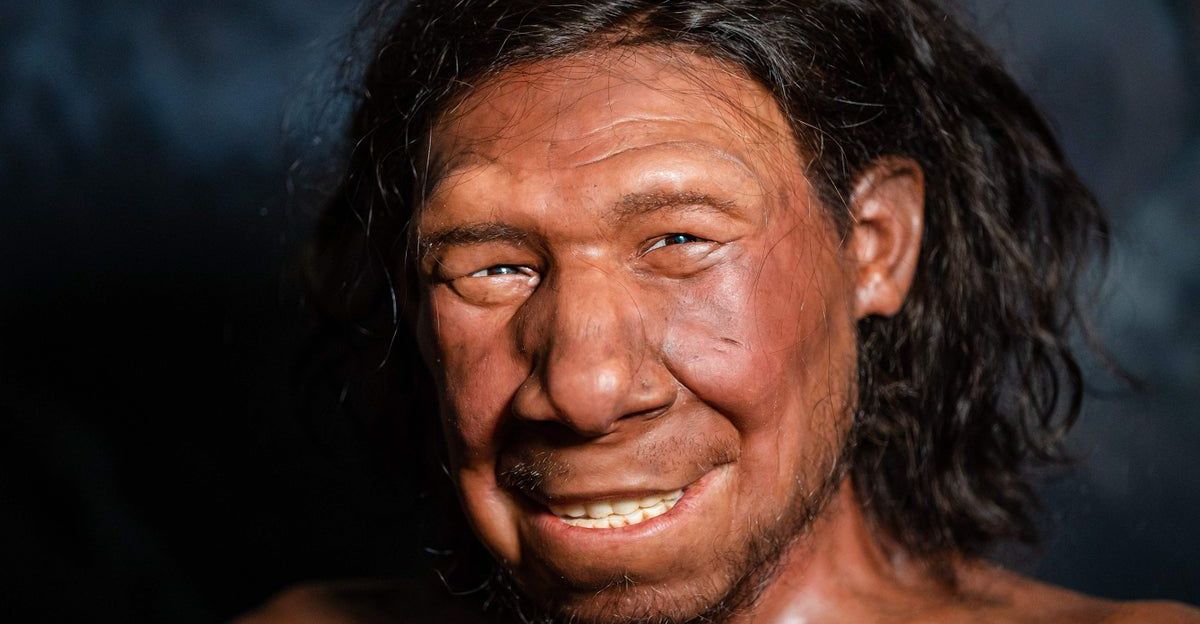
The conclusions made you ask? The new analysis revealed that these spears are 200,000 years old—not 300,000 or 400,000 as had long been assumed—but still, remarkably, evidence of Neanderthal innovation.
This means that they weren’t made by Homo heidelbergensis, the presumed last common ancestor of humans and Neanderthals, but by Neanderthals themselves. This single fact revolutionizes our understanding of human evolution completely.
Suddenly, Neanderthals aren’t just brutish subsistence-machines; they’re innovators, able to create sophisticated tools and organize elaborate hunting excursions. The image of the dim-witted Neanderthal is being wiped away, replaced with the picture of a species uncomfortably close to us in intelligence and ambition.
What Specifically Did We Discover, and Why Look Again?
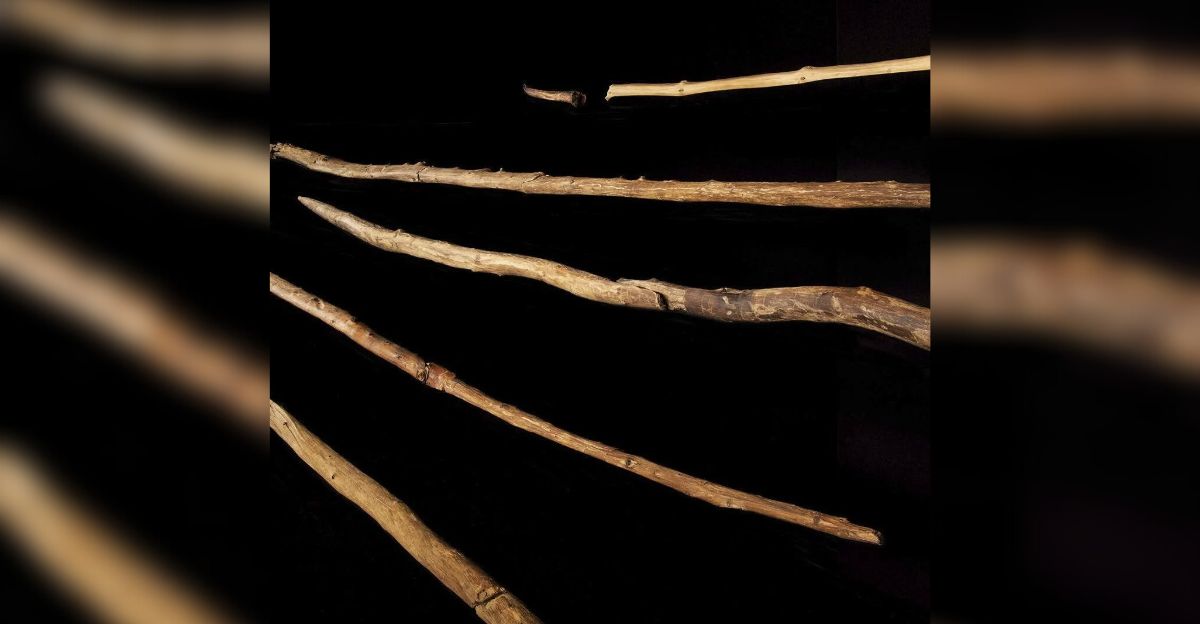
The Schöningen cache has nine complete spears, a lance, and throwing sticks, all extremely well-preserved due to the unusual environmental conditions in which they lay. They were accompanied by the remains of nearly 50 horses, evidence of a well-organized, communal hunt.
At the time, stratigraphy and thermoluminescence were used to date the artifacts. This technique assumed that the age of the surrounding sediments accurately reflected the age of the spears themselves. Discrepancies in the technique, which didn’t take changes in sedimentary conditions over time into account, necessitated further study.
The careful work to reexamine this treasure trove not only illuminated the correct age of the weapons, but also unveiled the sophistication of the tools and the species that used them.
Preservation, Argument, and the Human Factor
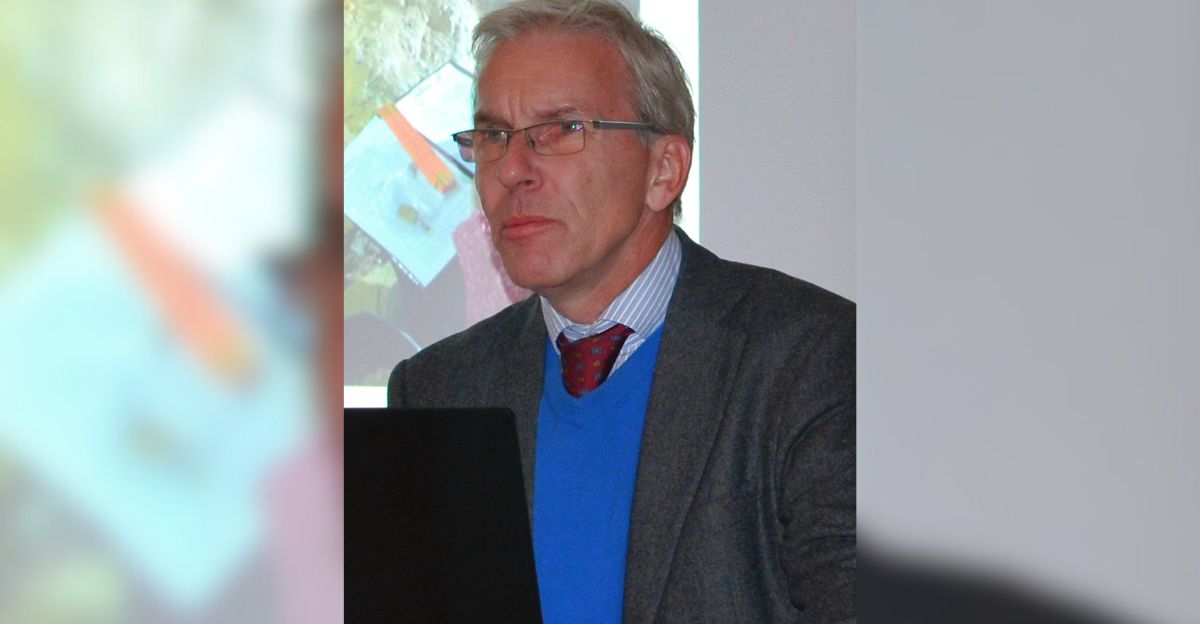
It’s a scientific miracle that 200,000-year-old wood was preserved, and it’s revolutionized our knowledge of Neanderthal life. The craftsmanship of the spears—balanced, thrown or thrust-shaped—warrants respect.
But not everyone agrees. Some archaeologists, such as Thomas Terberger, for example, urge caution, suggesting that more evidence is needed before the new chronology and craftsmanship can be fully confirmed.
However, it’s a healthy debate thus far, and shows that science can indeed be self-correcting in nature. Meanwhile, there is increased public interest as these ancient tools humanize our historic relatives and challenge us to both empathize with and acknowledge their ingenuity.
Rethinking Human Evolution: More Alike Than Different
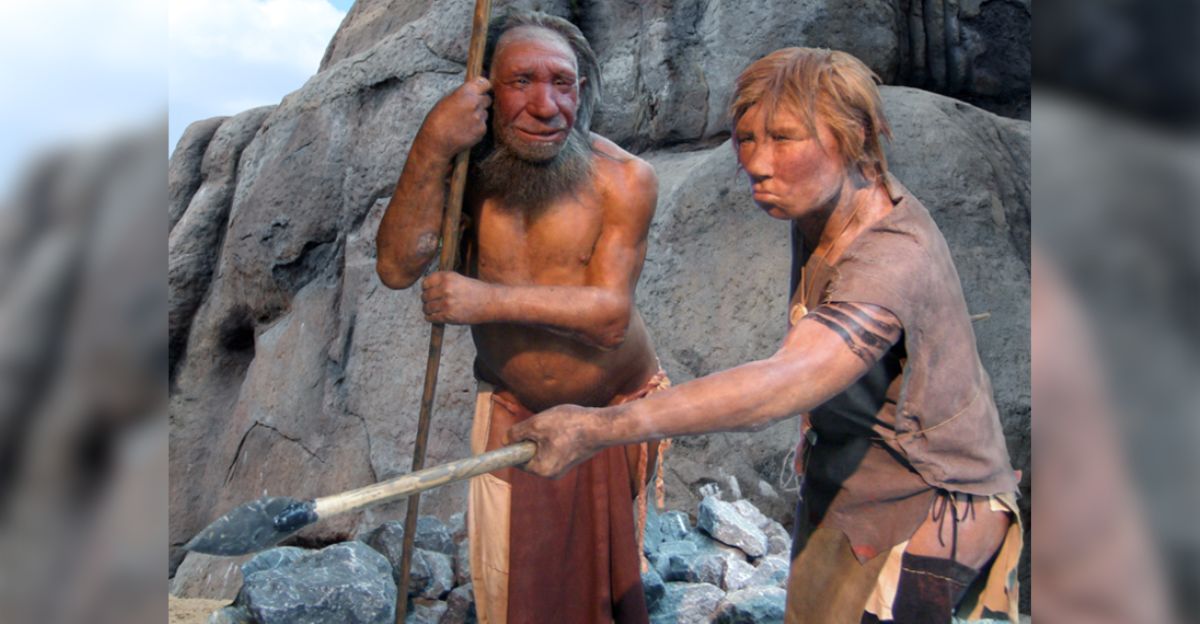
The Schöningen find is not a likely to be a mere footnote in archaeological record—it’s more akin to a watershed moment that can revolutionize the field. It suggests Neanderthals were not evolutionary dead-ends, but creative, adaptable, and socially complex beings.
Their ability to coordinate hunting, select materials, and master complex woodworking skills suggests an even more advanced culture than we ever imagined. It dispels the tired myth of modern humans as the sole inventors and innovators of our species, instead painting a picture of collective intelligence and shared traditions between species.
The “Schöningen effect” is causing us to view Neanderthals not as ‘other,’ but as elder relatives.
What’s Next? Unanswered Questions and Future Revelations
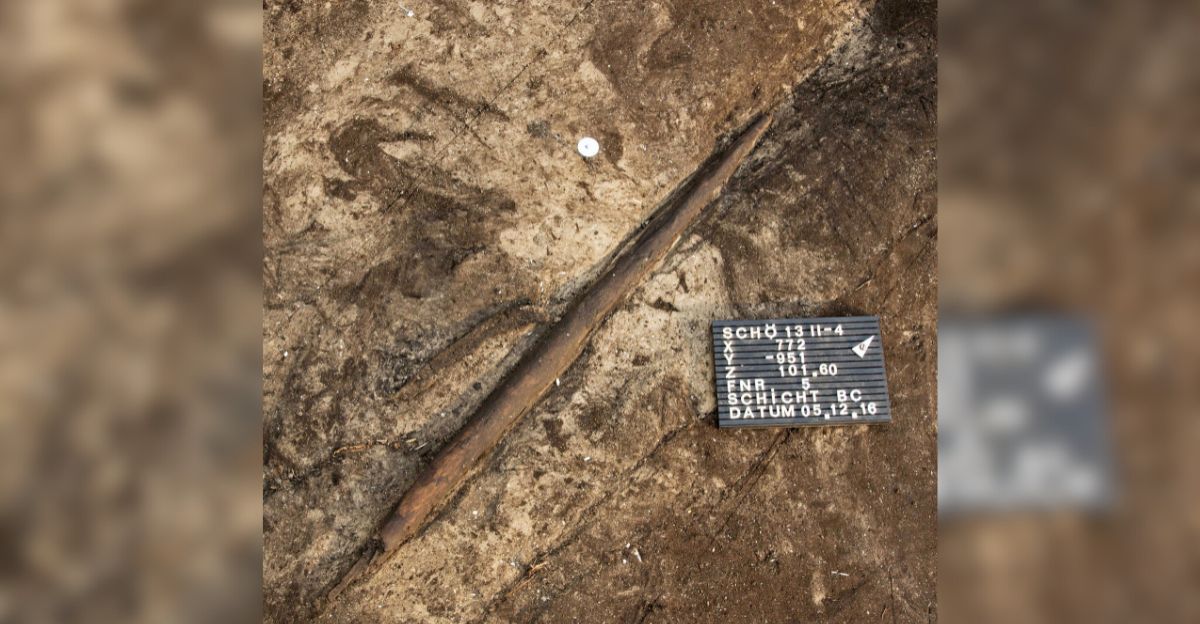
If Neanderthals made these weapons, what else might we have missed? Are there even older, more advanced tools out there waiting to be found?
New techniques and advanced technologies promise to help discover further chapters from our distant history. As scientists push the boundaries further—testing DNA, rebuilding environments, and experimenting with replica weapons—we are left with tantalizing questions.
How much of our own history is entwined with theirs? And what will the next breakthrough reveal about the brains and hearts of the first true hunters?
The Legacy: Why This Matters Now
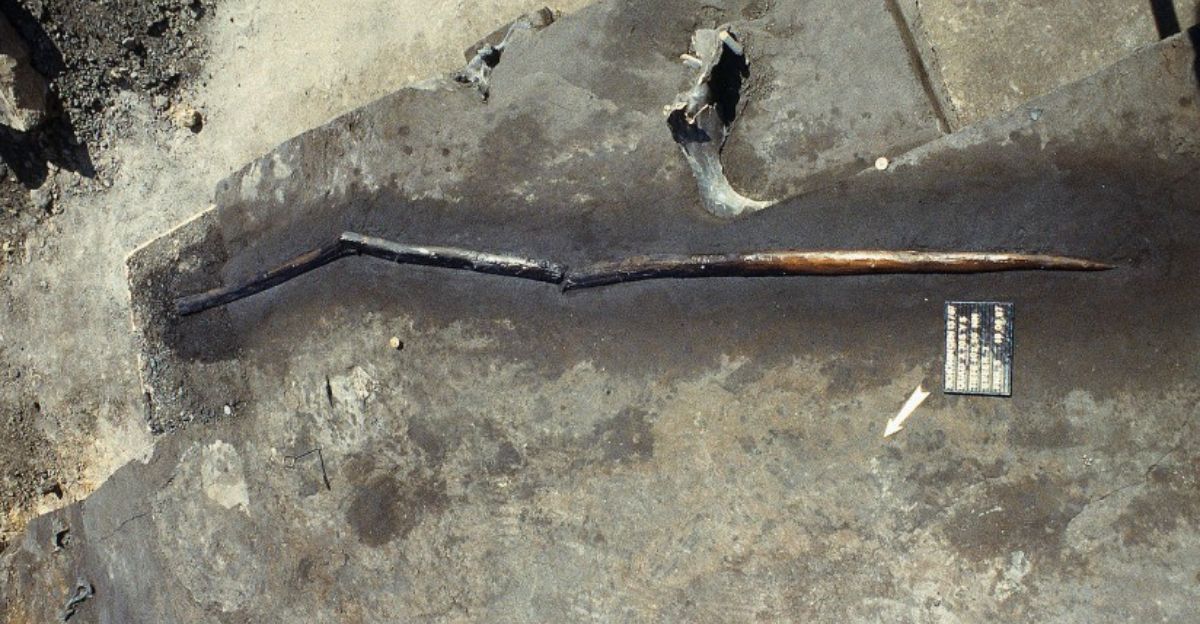
The Schöningen spears aren’t just artifacts—they’re a reminder that human history is more complex, more shared, and more surprising than we ever dreamed.
As their story goes viral, intensely debated on Reddit and decoded on YouTube, they confront us with the need to reconsider what makes us human. The message is clear: intelligence, creativity, and cooperation are ancient skills, not recent accomplishments.
In all respects, these weapons have earned their place in history—and in our imagination—as symbols of the common spark that encompasses the entire human species.

